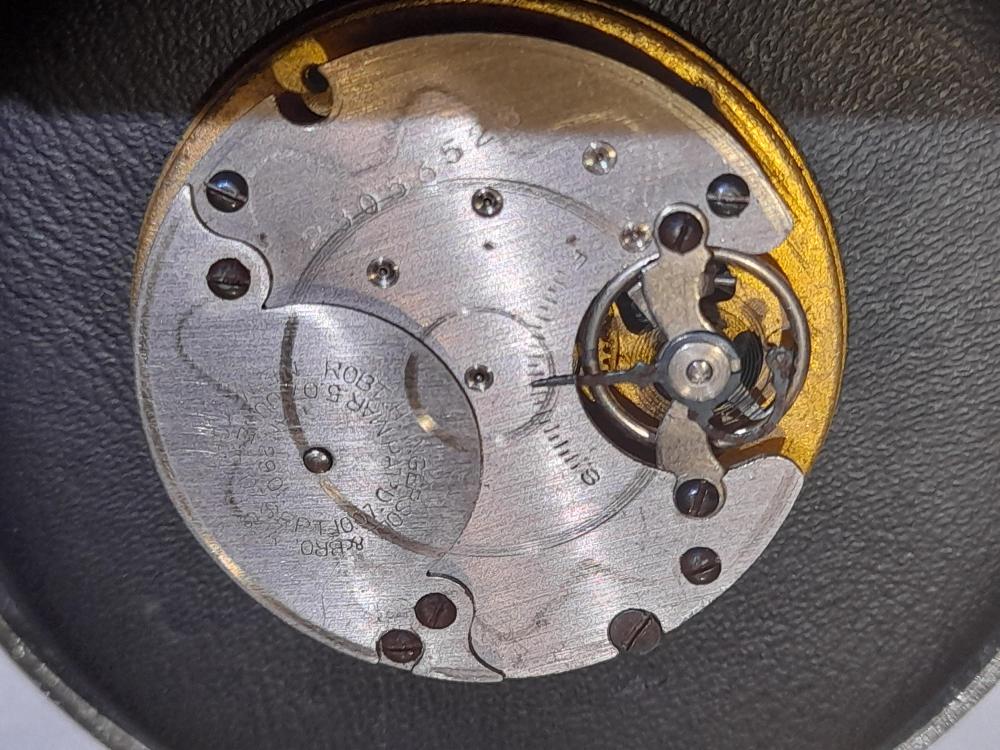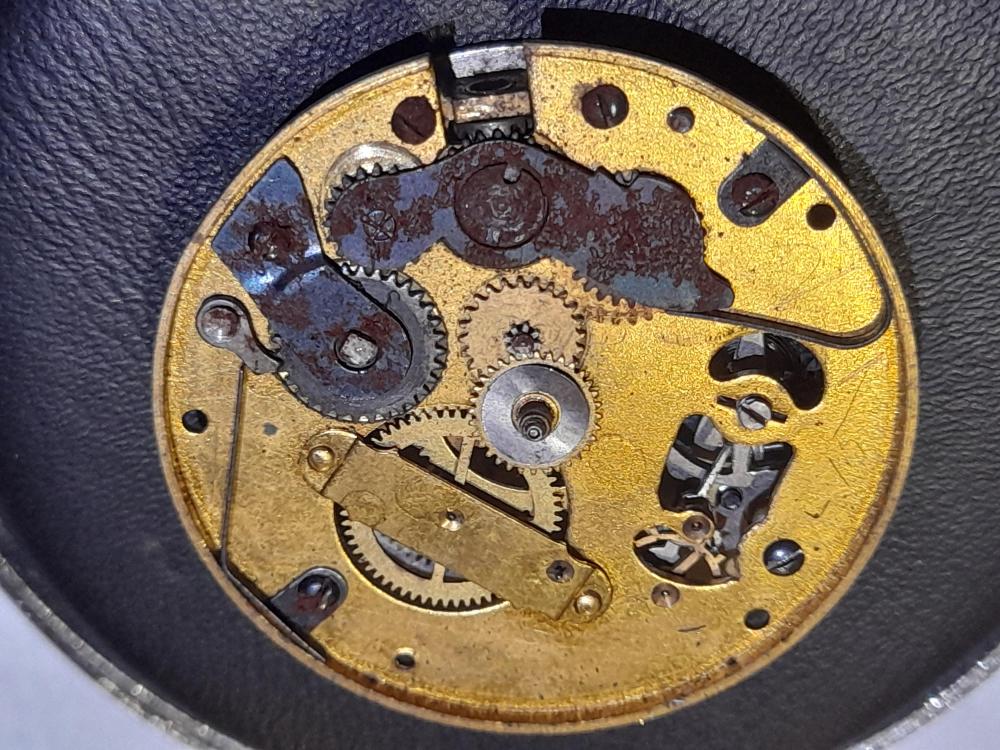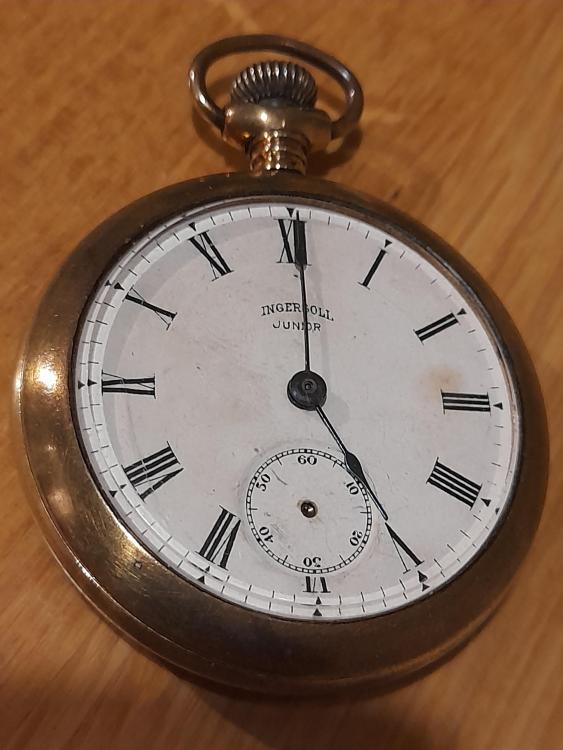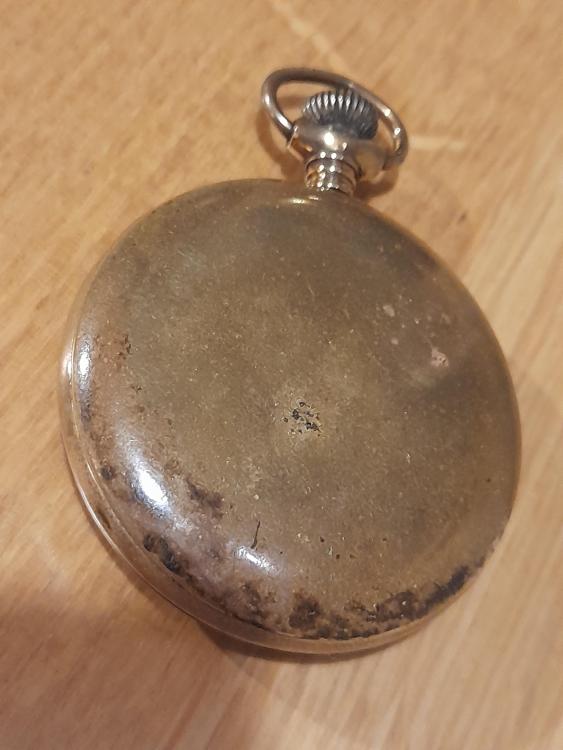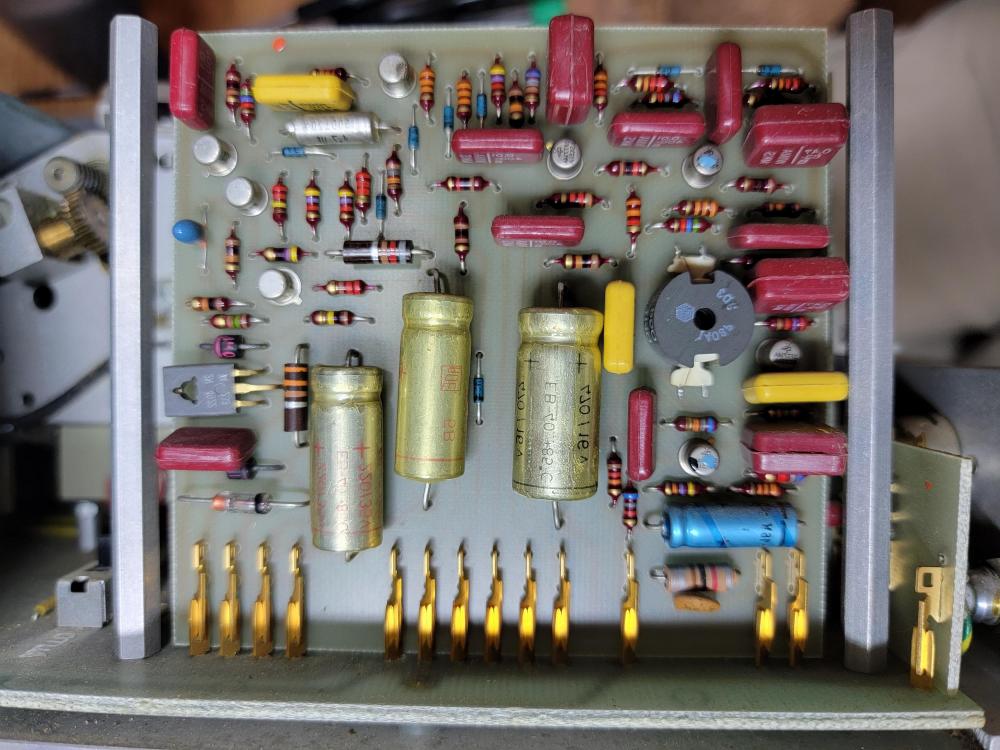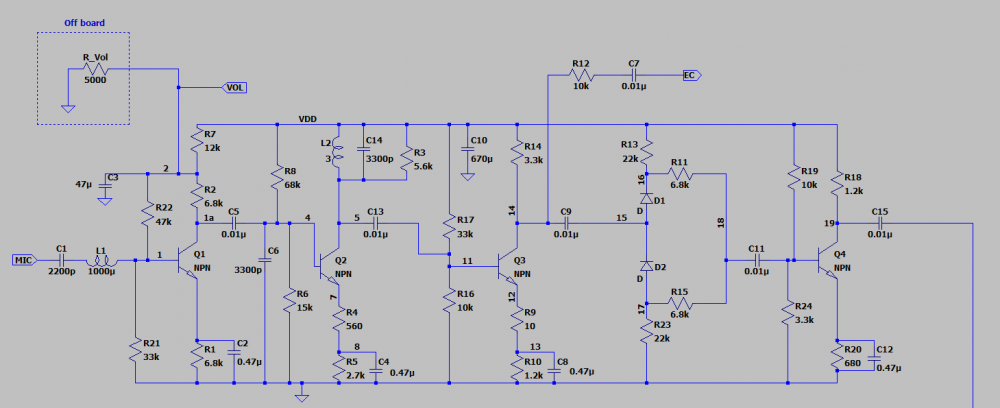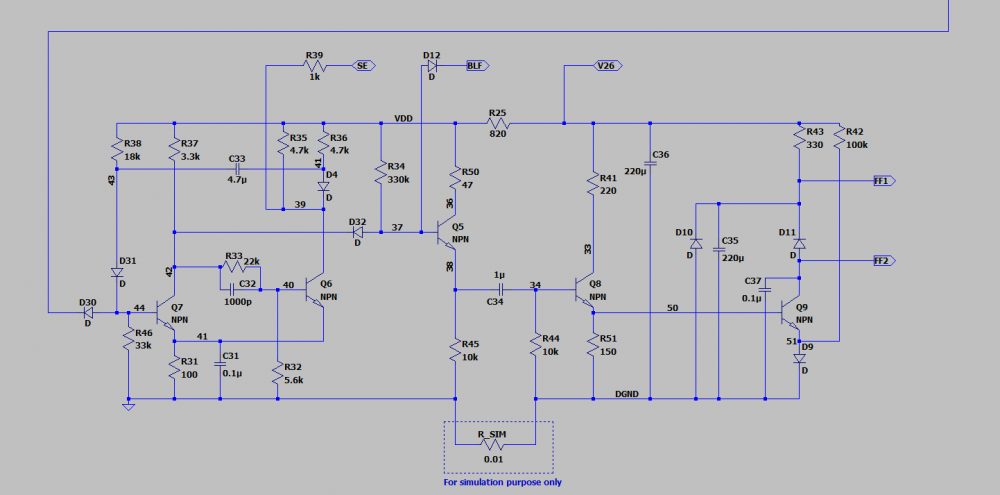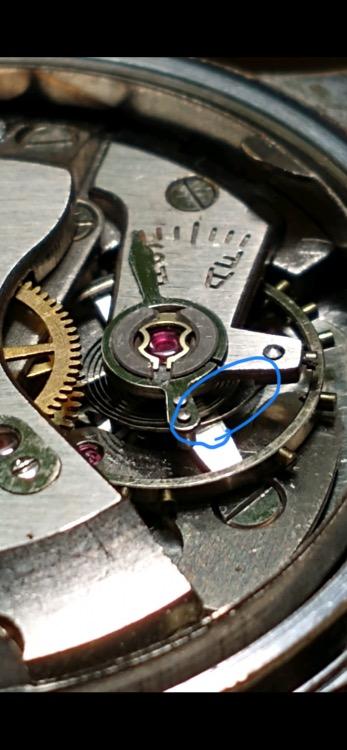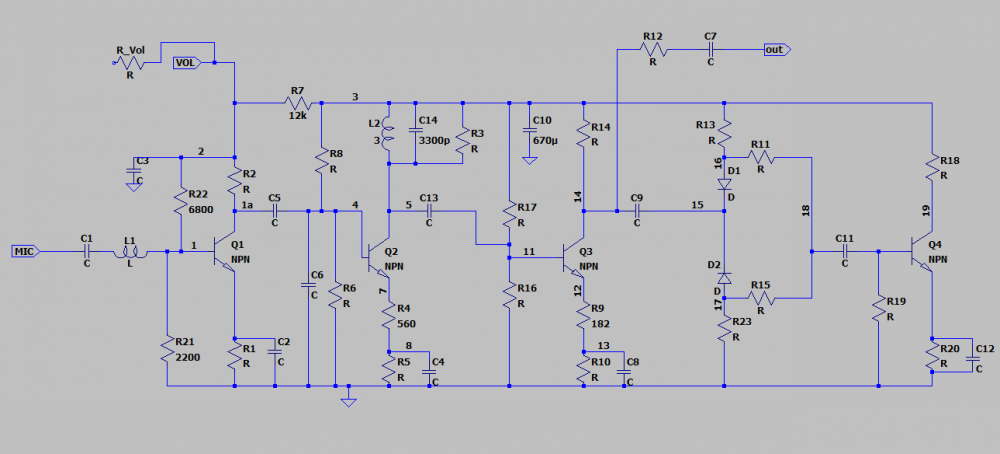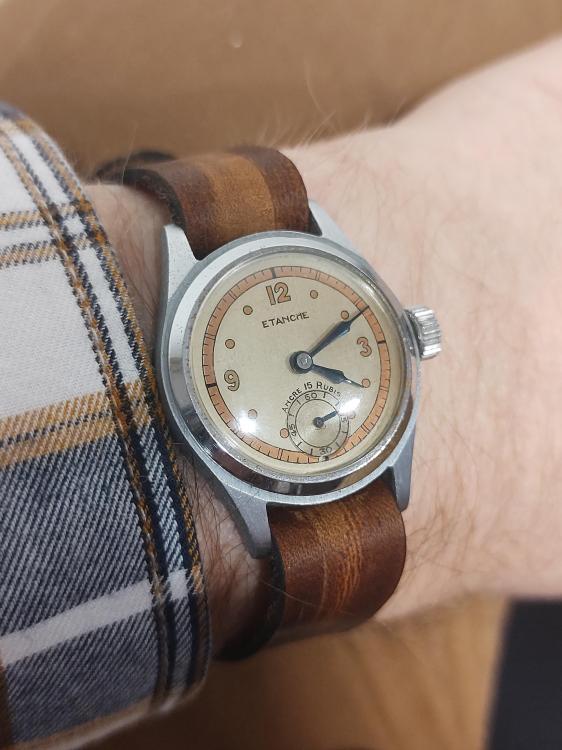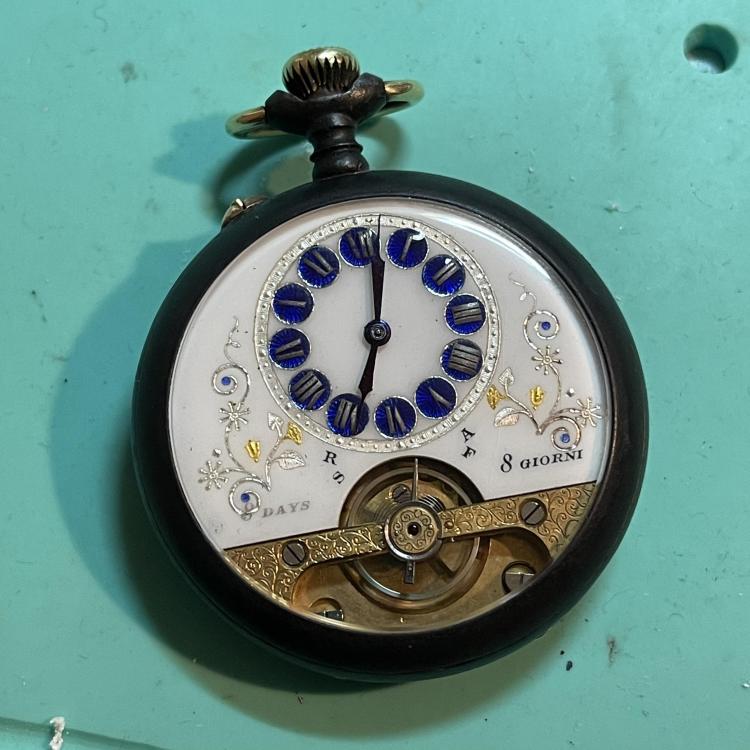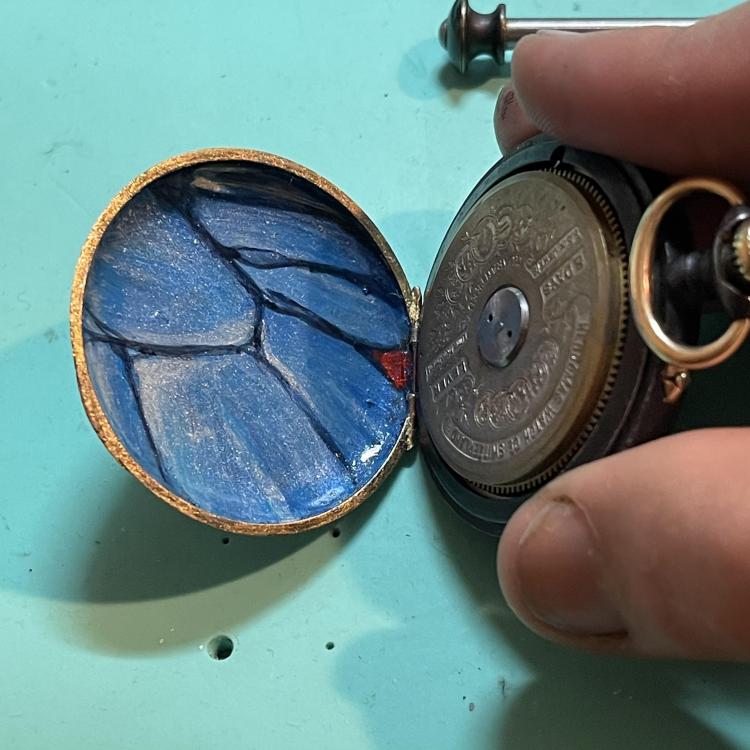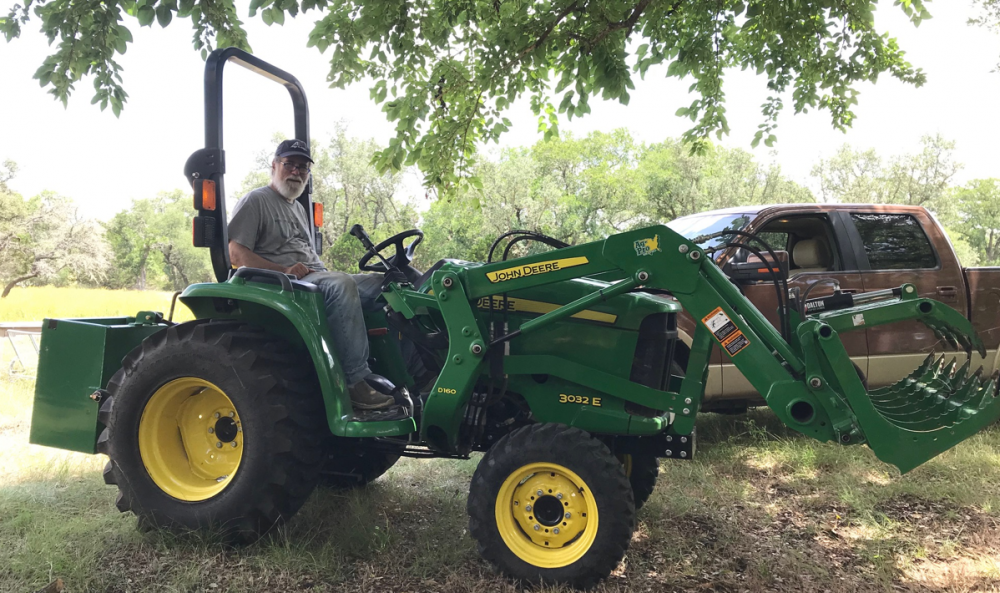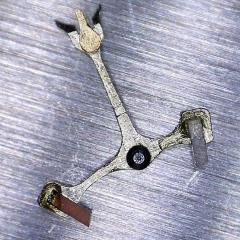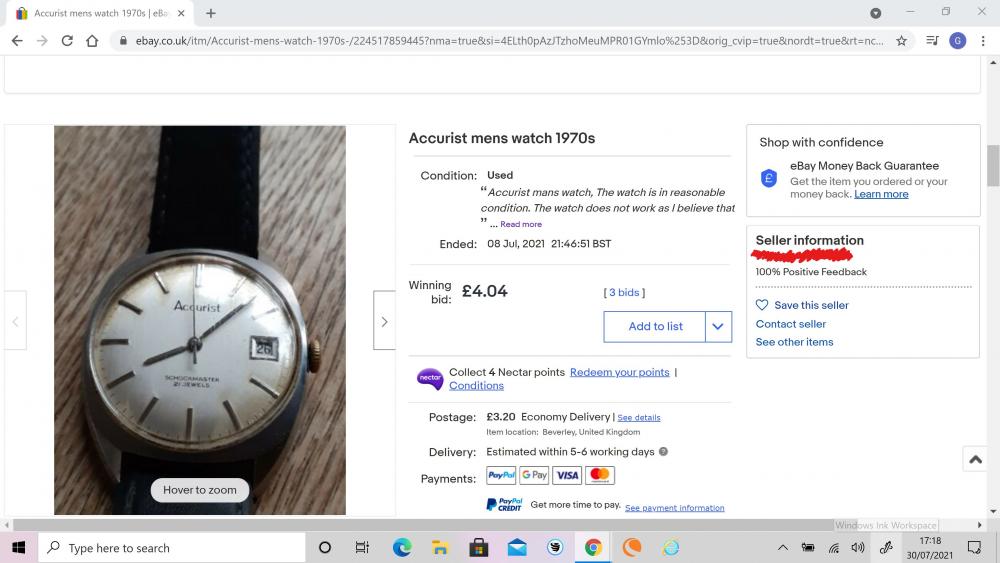Leaderboard
Popular Content
Showing content with the highest reputation on 11/16/21 in Posts
-
I thought I'd share this as it's now the oldest watch I own which I've managed to get to imperfect perfection. It came to me in a job lot and consider myself lucky to have it come into my possession. With an unmarked crystal, paper dial and still with it bow. only missing it's second hand. I was surprised to find it wanted to work although only just about, so I thought I'd give it a go. Somewhat nervous as I've never worked on something this old, if my interweb research is correct it dates to around 1910 or thereabouts. After a lot of deliberation I carefully dismantled it, puzzled as to how to get it out the case and let any remaining power down (interweb helped here with some clues). I had pictures of the thing exploding in my mind. The rust was tricky to deal with, but it had to go, sadly I lost some of the bluing, but after cleaning (filled with dirt and what appeared to be fine metal swarf) and lubrication things were looking promising. I stopped myself breaking the tin of Brasso and a bout of polishing frenzy, on basis it took years to look like it does and it's never going to be brand new after 100 years or so. I'm glad I did as the patina feels right. It's been running well now keeping time as it should, and actually winds and you can set the hands. On the lookout for a replacement second hand, to finish it off.3 points
-
2 points
-
In a watch with an overcoil hairspring, the overcoil is calculated to be isochronous. If there is an error (and all other things are as well adjusted as possible, escapement, train is free, barrel properly adjusted with a good spring etc.) then the curve can be modified to compensate the error*. In a watch with a flat spring, you can adjust the gap between the regulator pins, and that's about it. In some cases a small adjustment to the hairspring at the collet can improve things, but it's a try-and-see technique with no real method behind it. There are watches where the balance and hairspring are very well matched, proportionally, that simply perform very well. In others, in particular smaller watches, it can be very hard to get a great timing result let alone a good isochronal performance. A 30mm Omega movement from the 50s will almost always perform pretty much the same, and excellently, at full wind and after 24h, regardless of the fact that there is perhaps a 40 degree drop in amplitude. A 5x7 ligne A. Schild will probably be difficult to get a delta in 6 positions under 40 seconds at full wind, with a notable drop in performance at 24h. In addition, the quality of the hairspring has a real effect. Many commercial grade watches in the past used Nivarox 3 or 5 springs, which simply don't perform as well as Nivarox 1. Watches with steel springs are a different animal; at high amplitude there is a centrifugal effect on the balance arms which tends to slow the rate, while the hairspring is spending less time between the regulator pins, raising the rate- and the opposite at lower amplitudes, so it can have a somewhat compensating effect (but not necessarily). A springer who worked at Gruen told me they had to modify the overcoil forms when they switched from steel hairspring/split balance to modern alloy springs with solid balances. *To adjust an overcoil to raise the rate at lower amplitudes, the overcoil body is reshaped to be closer to the balance center. To reduce the rate at lower amplitudes, it's adjusted to be further from the balance center. Obviously this is tricky work, and more harm can easily be done than good. The beat will invariably be thrown out and require adjusting the collet position. In school we did these exercises on American railroad grade pocket watches, it's really watches of that quality that merit and respond well to such adjustments. James L. Hamilton's small (green) book Timing Manipulations explains the process (and many other things) very well; it's long out of print but does come up on Ebay if you keep your eyes open.2 points
-
I concur with mikepilk, these the old type mainsprings are usually set, you best replace this with a new modern type.2 points
-
I would re open the barrel and look for scoring on the lid and bottom. A hundredth of a mm I would say no prob but 0.15 sounds a bit dangerous. If it's scraping that can suck your amplitude.2 points
-
I have never had anything to do with Facebook and I intend to keep it that way.2 points
-
Agree with the above changing parts from one movement to another can be problematic. The mainspring could now be too strong also the hairspring is not sitting correctly. The coils should be evenly spaced so when you adjust the regulation arm it adjusts the effective length of the hairspring without altering the hairsprings balance and poise. See pic.2 points
-
Both hairsprings have same strength, yet the replacement one might be shorter therefore not comptable with the other balance , though its a screw balance, you would be disturbing its static poise as soon as mess with the screws, thence create a bigger problem for yourself. Unpoised balance wheel would result in excessive positional variation and dynmaic instability on wrist . My vote is not to mess with it until you master static poising at least. Replacing the hairspring you created a hefty beat error but amplitude increases once you adjust the beat. I can't see any other fault. Regs2 points
-
2 points
-
The darker blue is the magnitude in decibels (the scale is on the left side). The lighter blue is the phase shift in degrees (scale on the right). You can ignore the phase plot. The magnitude plot is most interesting.1 point
-
1 point
-
For the answer of can you use the old mainspring yes you can but? But as the replies of indicated correctly it's no longer sort of functional? In other words you can wind the spring up the watch will run but it will not run for 24 hours and depending upon how badly the mainspring is lost its spring characteristics it may not run very well at all. As far as it's not being flat that's usually the result of people hand winding the spring in putting a severe distortion on it and then the spring gets set in a inappropriate shape. It could also be wouldn't removing it because it's now soft that could also occur. If the spring was severely distorted by inserting and you look inside the barrel the bottom and the lid should be nice and smooth and still have the plating it probably has if the spring is distorted you put pressure on those parts and you'll see wearing which is not good. The same thing would occur with putting a mainspring that is too tall is that you might utter altogether but it's too tight and you're getting no power out of it. You'll notice in the answer I gave above I gave a link if we look at the link you run down the list we get the mainsprings or in this case just one mainspring and if we click on that we get this link http://cgi.julesborel.com/cgi-bin/matcgi2?ref=qWLXEs I snipped out a picture for you depending upon where you're located one number will be more useful than the other the GR number is useful for people ordering from cousins. The number at the very top is a best fit number sometimes that shows up on eBay or particular material house here you can buy it from them providing it's still in stock to do that you have to go to the main webpage enter the number and see what happens and I will do that for you. In case you don't have at the page where you are look is here http://www.julesborel.com It looks like they haven't it's available and this is where you always get a discrepancy between the parts listing which is ancient and the homepage it's $21 but it is available. Here are usually not always but on vintage or older watches mainsprings can be more common like when you look at the link I gave first it shows all the watches that use the same spring more watches on the list the more likely the spring may still be available versus of the spring only goes in one watch then you're probably going to be screwed because nobody will ever have that. Then if you understand how the numbers work you change the number slightly to something like searching for this on eBay 711P Mainspring I see that one person has it and they'll even taken off for they want five dollars for it. By the packages in its a brand-new white spring exactly what you're looking for. Then you do have to be careful of eBay because later down the page they'll give you other results where they shorten your search term liked the word mainspring because eBay just assumes at all mainsprings will interchange. For now you could insert the old spring back in knowing that it's not perfect but it's good enough to get the watch running and testing things out it just won't have maximum performance and a run out of energy before 24 hours. But regularly for incoming watches I will do a lot of testing of things with a set spring just because it's there. Then when the watches cleaned and I see how badly set it is I always replace it so it will work with its wound up tight. Which is probably why a lot of people don't change the mainspring is because they don't realize that is going to be a problem hours later when they run out about and then the blame all kinds of other stuff and be really confused over what's going on.1 point
-
Going higher is always risky. Any rubbing on the barrel lid will effect the performance of the spring.1 point
-
I wouldn't use that spring - it looks 'set', i.e. lost it's elasticity. And it doesn't look flat.1 point
-
Hi The fact that after servicing and changing parts there are problems it is always best to revert back to the originals where possible and re analyse the problem from that standpoint. In your case it the original balance spring was ruined go back to the original mainspring and start from there to see if there are any changes. The fact that the barrel lid closed doesn't mean a lot other than it fitted in the barrel, it may be binding on the closed lid 0.15 might just be too much.1 point
-
To be fair you don't know if parts are needed until you strip it down and look at all the parts for wear.1 point
-
And what is that exactly? Almost always, watches stops due to problems in the balance (including hairspring) and escapement. Examples are, hairspring touching, debris setting and leaving somewhere, pallets, etc. Sometime a look on the timegrapher is very helpful, other time a longer visual and aural inspection is needed. The calssical "troubleshooting" steps which I'm sure have been details many times much better than what I could do here.1 point
-
1 point
-
Hi Hector the crossed arrows identify it as an HAC, Hamburg American Clock co . Looks pretty grubby. I take it the case is brass or spelter looks pretty thin metal, should clean up ok though good luck with the work. cheers1 point
-
The problem with hairsprings are there not sort of interchangeable? If were talking about American pocket watch or some Swiss watches typically with an over coil their pre-made to exacting specifications. They were matched the balance wheel by timing screws on the balance wheel to have the balance wheel exactly calibrated to that hairspring. So for these examples the American or Swiss if you look at the parts list it will actually list a part number for the hairspring it was available separately. Typically with everything else in the universe whether the balance had screws or not almost universally all flat hairsprings are vibrated to each balance wheel. So all the parts are mass-produced but every single balance wheel gets a unique hairspring for that specific balance wheel only. Yes in the factory every single balance wheel was on a machine and got a unique hairspring just for that balance wheel. That means typically on a parts list for watch you will never see the hairspring it's a balance complete. This can make things more complicated? Like in addition to the hairspring changing what else did they change? Did they make this watch over a span of time with variations? For instance if we look at the parts list like at the link below we find more than one balance wheel then that is a definite problem probably Once you get your hairspring centered in you get the balance wheel to run it does look like those are screws perhaps I don't know if the unscrew or not. This means you can possibly add weight or possibly add more screws if they have more screw holes which typically American pocket watches did. In other words you could make adjustments if you're lucky. Is working in a modern balance wheel with no screws then that is an issue if you try to swap a hairspring as there's nothing you can do. http://cgi.julesborel.com/cgi-bin/matcgi2?ref=FF_251 point
-
Same with me. Whether a particular movement wore a dust ring or not seemed *at first* to depend upon how well it fit the case. Then, as I worked on more such watches later, it seemed almost arbitrary and coincidental whether the dust ring was present or not. But now, I keep a few spares and just play it by ear. If the case is an open-face screw bezel/screw back, and the movement fits well, I don't worry about trying to fit a dust ring. If it's a hunter case (with openings by the hinges) and there's room, and the movement can take a dust ring, I'll check if I have one that fits. If the movement seems to shift a little in the case, I may see if a dust ring helps prevent some of that. But all in all, a dust ring can only do so much. Considering how big are the openings around the balance and between the bridges, and how dust and grit can be moved about by simple differences in air pressure, the dust rings probably don't help as much as the early watchmakers may have thought.1 point
-
Yep and glad to see the back of Facebook with their constant barrage of we think these people are your friends messages, even though they are always total strangers how long before they learned I have no friends, well none that are still living1 point
-
Parts from a similar movement are not always compatible so we may have a problem there. Check the height of the balance spring and for fouling either the balance rim , the balance cock , or even the fourth wheel, It it magnetised , coils sticking , is the spring breathing ok and evenly. all relavant things to check.1 point
-
I must say that is the easy option when you have no other way. I don't recommend using a nail. The broken pivot is on the pallets and they have to be a certain depth to the escape wheel teeth. Drilling a hole has to be right center in order for the escapement to work, you will never get the pivot to be the excite diameter by using sandpaper. HectorLooi I don't have much hair to pull out these days.1 point
-
What about using a quick pivot? I know that OH will be tearing his hair out at the mention of quick pivots, but consider the possibility.1 point
-
1 point
-
Are you sure about the thickness size? It looks much too thick, average size for a 17 mm barrel is 0.20 mm (and length 500...550 mm). Frank1 point
-
My mom asked me for a painting for some work she did on my behalf. I hate waiting to give repayments because sometimes they get swept under the rug, so I got on it. I didn’t feel like painting on a canvas and wanted to show her what I enjoy at the moment. Her favorite color is cobalt blue so I think this is the perfect dial. I went through the mechanism, made repairs and performed maintenance and got the watch running. I always learn something with each repair and this was no exception. I painted a small butterfly in the back cover but since it was so small, it didn’t read well. I gave her a painting of the best part of the butterfly and added gold around the inside rim to match the bow and pin. I really like the way it turned out!1 point
-
Looks like the new member registration has been fixed as I am now back under the new name as my old one was (as I suspected) quickly blocked once I cancelled my facebook page.1 point
-
Good afternoon or morning where ever you are in the world everyone .Watch this Japanese fellows YouTube videos .Great videos ,here one to get you started1 point
-
1 point
-
Three more members of the club today. A "Danny Workboot", a genuine Disney(tm) Mickey Mouse, with possibly the worst nickel plating job I have ever seen, and the bizarre 24hr Esprit, which is far and away the highest quality of the three. All three scrubbed up nicely and are now sporting NOS Italian Morellato straps that are probably worth more, each than I paid for all three of the watches combined. The DW is, I believe their "St. Mawes" model and retails for a whopping £149. I paid £2.50 and still think I may have over paid slightly. On the plus side, I did imagine the DW to be much larger than it actually is. It is fairly attractive in its way, but the quality just isn't there to justify the retail price in my opinion. There is much better value on your average high street for that money.1 point
-
1 point
-
Revived! £8.72 for a mainspring and £1.20 for a crown so a grand total of £17.16. No specific mainspring was available for this watch (on Cousins) so I took a chance on a generic one that was slightly longer but I can't see that being detrimental? The amplitude and beat error are good, I won't regulate it until the oil's had a chance to bed in. It's a nice little movement (ETA 2409) with a shock system I've not worked on before - similar to Seiko's Diashock in the way it's fitted. I didn't receive it with case clamps and I'm not sure they were ever used.1 point
-
1 point




